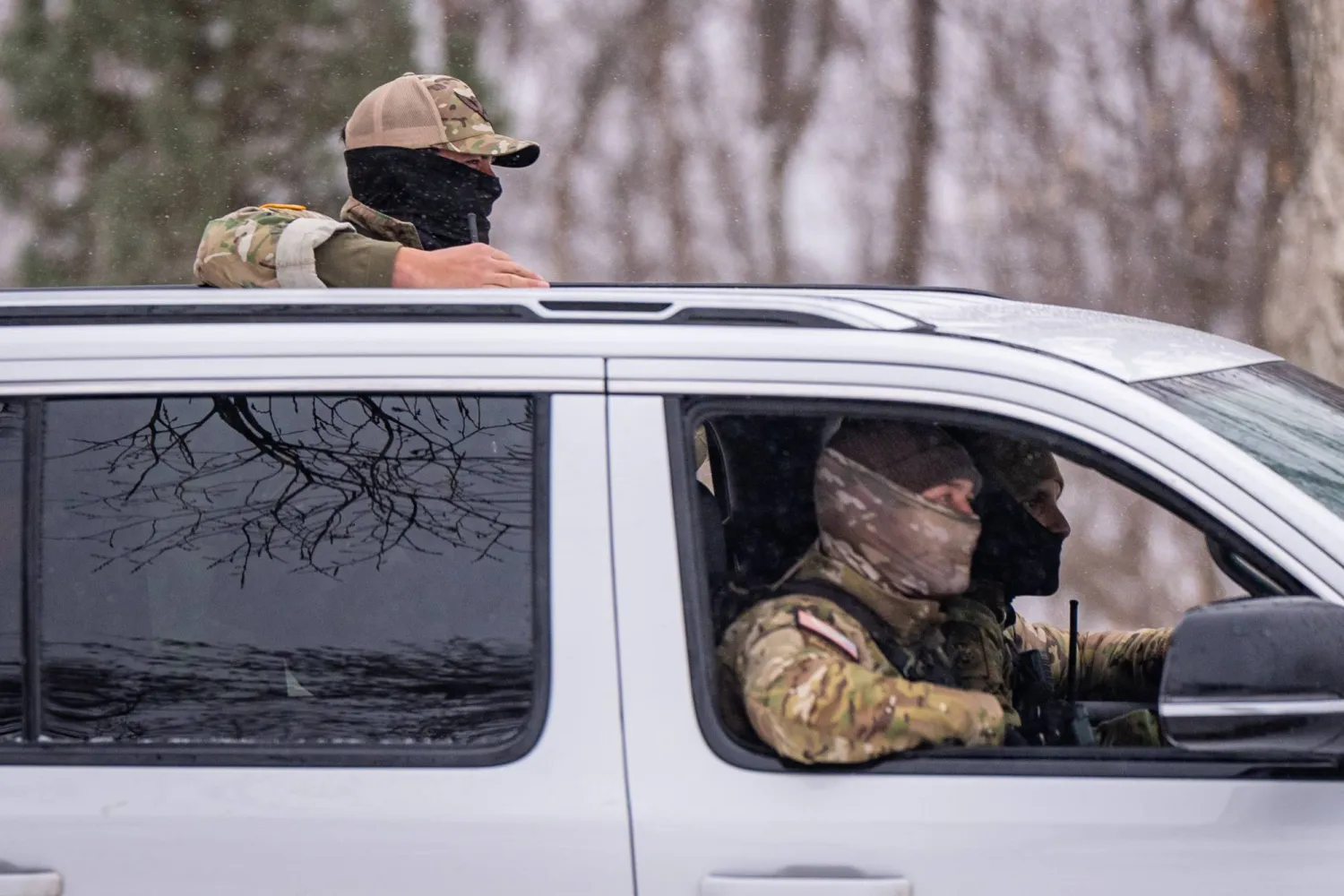Iranian Vice President Mohammad Reza Aref has expressed concern over the vulnerability of the country’s electronic fuel distribution system to cyberattacks. His remarks come as the new government, led by Masoud Pezeshkian, looks to raise fuel prices.
Speaking at the introduction ceremony for the new Minister of Oil, Aref highlighted recent electronic breaches that disrupted Iranian oil facilities, including the network connecting fuel stations, causing nationwide supply interruptions.
He criticized the negligence in handling cybersecurity in the oil sector, urging the new minister to prioritize the issue.
“We have seen two similar [cyber] attacks within a year, and the response hasn’t changed,” he noted.
In December 2023, Iran’s fuel station network was hit by a major breach. The previous government blamed hackers linked to Israel and its ally, the United States, following a similar strike on a hospital in northern Israel.
The Iranian National Organization for Passive Defense reported that 3,800 of the country’s 4,396 fuel stations were disabled by the attack, impacting 60% of stations. Officials did not immediately acknowledge the breach until a hacking group known as “Predatory Sparrow” claimed responsibility.
The group, reportedly connected to Israel, said the attack was “carefully executed to avoid harm to emergency services” and was a response to “aggressions by the Islamic Republic and its agents in the region.”
The attack caused significant disruptions, particularly to government-issued fuel quotas distributed through a digital card system, which provides drivers with subsidized monthly fuel allocations.
Although authorities announced that stations resumed operations within 48 hours, Iranian media reported ongoing distribution issues for several days.
A previous cyberattack by “Predatory Sparrow” on October 26, 2021, disabled 4,300 fuel stations in Iran. The hackers also breached large electronic billboards across Tehran, displaying the message: "Where is the gasoline, Khamenei?”
The attack occurred shortly before the second anniversary of the Nov. 2019 protests, which followed a sudden increase in fuel prices.















